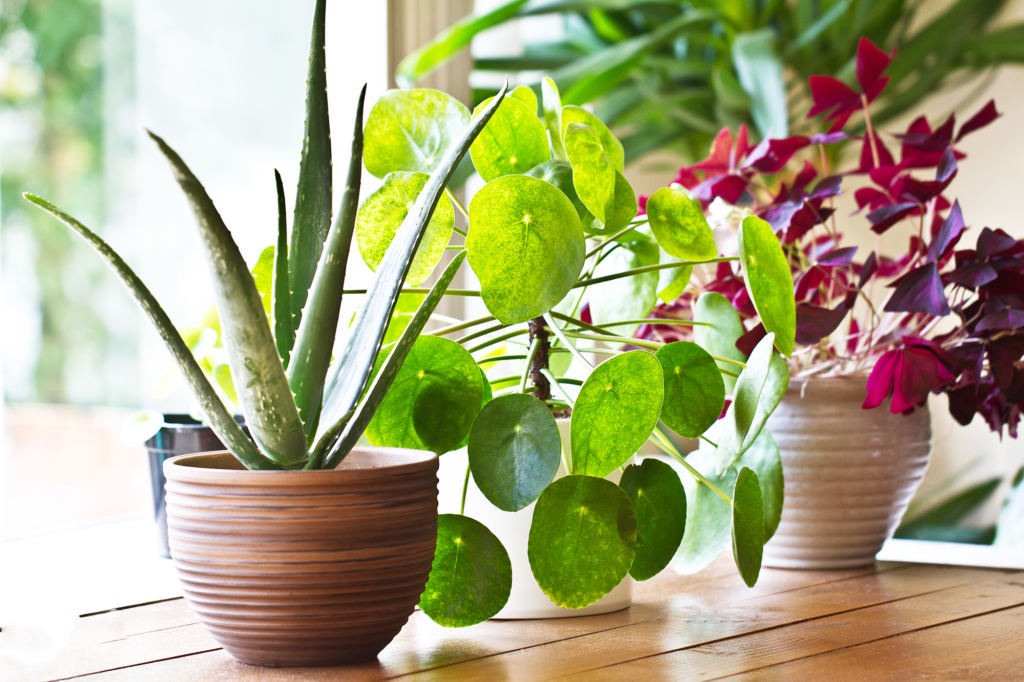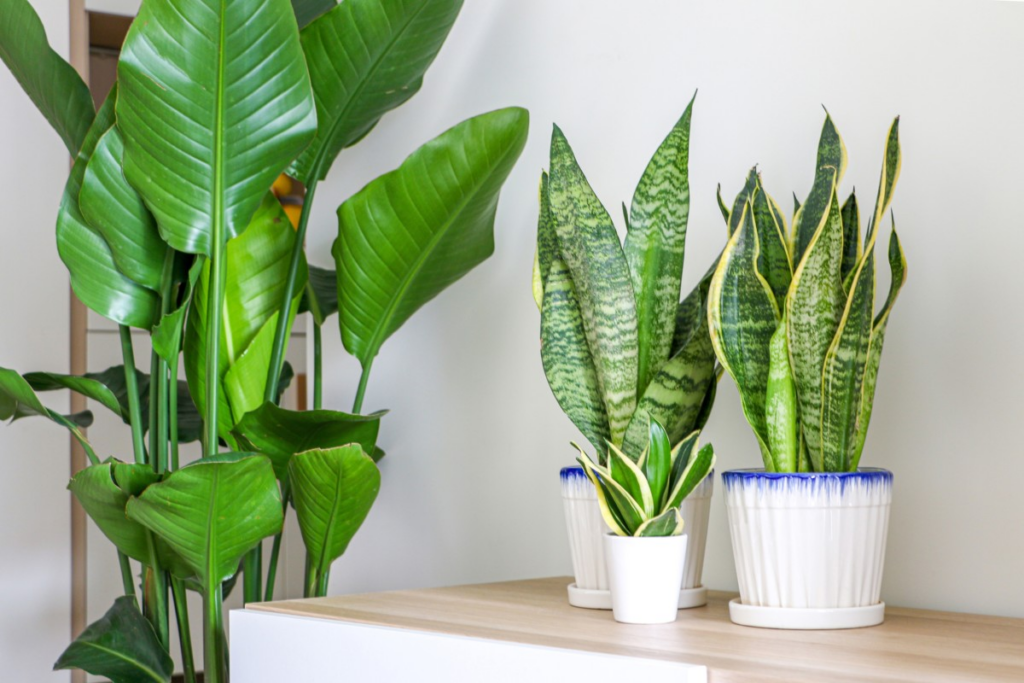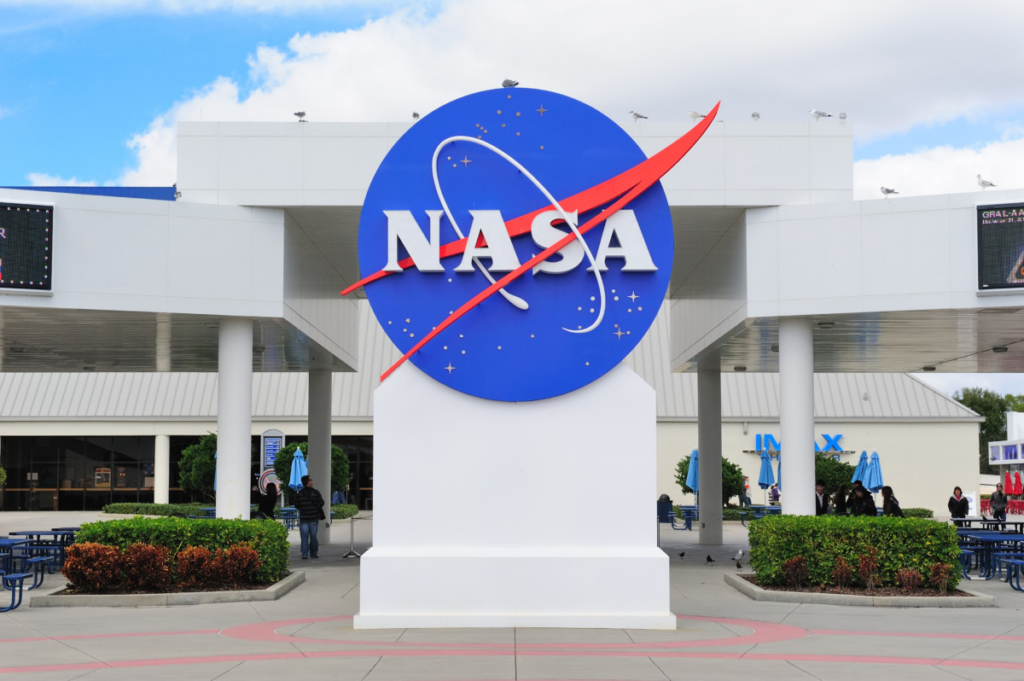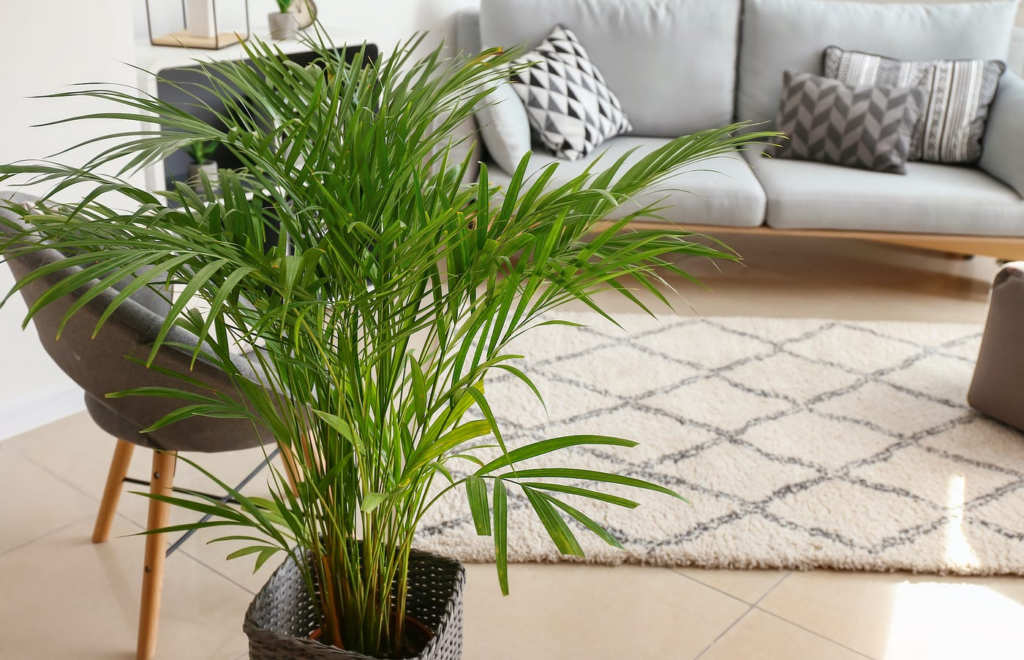20+ Air-Purifying Plants Approved By NASA
Everyone has the right to clean air. The clean air study conducted by NASA Introduced various air-purifying plants. Hey folks! I’m Anna Scott, a Gardener by heart and Profession, started my Journey 15 years ago and Now I am teaching other gardeners as well to achieve their goals.
Investing in air purifiers to keep the location clean will cost Huge. So why not invest in houseplants? Various plants are helping in removing toxic chemicals like Formaldehyde, Benzene, and Trichloroethylene with their presence. Plants that have large leaves purify air more quickly. Trailing plants on the other hand will take up more space. Some of the air-purifying plants approved by NASA are Devil’s ivy, Bamboo palm, English ivy, Snake plant, Broad leaf plant, Rubber tree, etc.
So what are you waiting for? Let’s move forward to learn more about the air-purifying plants approved by NASA in more detail. Stay connected with this guide till the end for proper understanding.

How Do Plants Purify Air?
When plants perform photosynthesis, they convert the carbon dioxide that we exhale into fresh oxygen by removing the toxins from the air we breathe in. Various popular house plants are Found to filter the chemicals from the air. These chemicals include:
- Formaldehyde- it will irritate the mouth, throat, nose, etc.
- Benzene- it will cause drowsiness and headache, is harmful to bone health, and also decreases red blood cells in the body.
- Trichloroethylene- last, but not least, this chemical will cause confusion, weakness, dizziness, headache, etc.
Air-purifying plants will help in removing these toxic chemicals from the air and hence Provide you with a good environment to live in.
20+ Air-Purifying Plants Approved By NASA
As mentioned, there are various air-purifying plants approved by NASA that need to be grown in every garden. They are as follows:
Aloe Vera
- Aloe vera plants will provide fruitful results only if you maintain them. They are air-purifying plants approved by NASA.
- Aloe vera plants can tolerate drought conditions. They can not remain without water for long as they store the water in their leaves which produces the gel and is used by you.
- This tropical succulent has approximately 300 species.
- Its thick, lance-shaped leaves have jagged edges, and they emerge from a basal rosette.

Queen Fern
- It is one of the air-purifying plants that will grow best in bright indirect sunlight.
- It can also tolerate some direct sunlight but do not keep it under it for long.
- It is considered as easy to grow fern that loves to be in humid climatic conditions.
- It will perform well in the bathroom area or the kitchen area also so you can keep the plant there so that it thrives well.
- If there is less humidity in your location, then you can make use of a humidifier.
Rubber Plant
- These are some of the ideal plants that can be grown by beginners in the indoor garden who only have a small amount to spend.
- It would be economical to grow rubber trees at home rather than purchasing from the market. It is easy to grow a rubber tree in one growing season as long as 2 feet apart.
- It can be grown as long as you would let it be. When you see that the plant is growing, then remember you have to replant it.
- It will serve as an appreciable houseplant and cherish you with its large green-colored leaves. It is also considered one of the best indoor fairy garden plants.
Snake plant
- The snake plant is one of the popular air-purifying plants that will thrive well in low sunlight.
- So, adding them to your garden area will be great as it will only receive natural low sunlight.
- Water them very little as overwater will harm the plant’s growth. Being a beginner, it would be great to add the plant to your indoor collection.
- Keep the plant fuller by feeding it with its basic requirements like low sunlight, good level of humidity, etc.
English Ivy
- Another plant that falls under the popular houseplants is the English ivy which is best suited for hanging pots.
- They are even used as a ground cover and grow about 6 to 12 inches tall.
- This plant requires bright indirect sunlight for its growth and temperatures range between 55 to 70°F to grow well as a houseplant.
- Place the plant on the shelf where its stems can hang as it will grow more like this. Pruning is required as the stems will grow at a faster pace.
Weeping Fig Tree
- This plant is also an air-purifying plant that is approved by NASA. it is a large indoor plant that needs to be watered more frequently.
- It will grow about 3 to 6 feet long in your home area.
- Last, but not least, it is suggested to repot this variety after one year as it grows fast.

Bromeliad Vriesea Vogue
- If you have any pets in your home garden, then this plant is one of the best plants to keep as it is an air-purifying plant approved by NASA.
- This plant also known as the flaming sword plant is a non-toxic house plant.
- It feels your area with its own red-colored and yellow-colored spikes that contrast greatly with the background.
- This plant likes to be in bright indirect sunlight and more water for its growth.
Red-Edged Dracaena
- What about red-edged dracaena? This plant produces red spiky leaves that look attractive.
- This air-purifying plant is adored by various gardeners that add a punch of color to your location.
- Also, it can grow in your area without sunlight or with sunlight.
- It is not too demanding when it comes to the water requirements of this plant.
Philodendron Heartleaf
- This air-purifying plant approved by NASA produces heart structure leaves in the plant that looks eye-catching.
- Also, it is a fast grower that can grow in any climate conditions such as low to bright sunlight.
- Also, You can keep the plant on the top of a bookshelf.
Peace Lily
- Peace lilies are one of the popular plants grown by every farmer as it has no demands when it comes to maintaining the plant.
- It will suit best as it is humidity-loving indoor plants, all you need is to water them frequently so that they grow properly.
- Make sure you are letting the soil dry for a long as it can harm the plant growth. For best results, you will observe its white-colored flowers.
- Also, let it receive some bright filtered sunlight in the day and use a fertilizer for your plant so that it grows well.

Calathea Pinstripe
- This variety produces dark green colored leaves with thin stripes on them, ranging from light green to bright pink color.
- This variety is not easy to care for, so if you are a professional professional gardener then add this plant to your area.
- It likes moist soil and high levels of humidity for its well growth which makes it an ideal plant for kitchens and bathrooms.
Gerbera Daisy
- This plant will add magic to your location with its amazing appearance.
- It can remove pollutants like formaldehyde, benzene, and trichloroethylene from the air.
- It is beneficial to grow this plant as it is an air-purifying plant that can be grown anywhere in the backyard.
Spider Plant
- Spider plants scientifically known as Chlorophytum comosum are not difficult to grow as all they need is a good level of humidity which will be received by them in the bathroom area.
- So, it is the best choice as they are the humidity-loving indoor plants. They will even look great if you plant them in the hanging baskets.
- They are one of the easiest plants to grow as they require minimal water for their growth and require very little sunlight to grow.
Devil’s Ivy
- This plant likes to be in direct sunlight for its growth. This air-purifying plant is also known as pothos.
- Water the plant only when the soil becomes fully dry.
- This plant is named Devil’s ivy as it is hard to kill this plant.
Money Plant
- What about the money plant? It tends to produce round leaves in the plant that attracts everyone.
- This air-purifying plant is a low-maintenance plant that likes to be in bright indirect sunlight for its growth.
- It is also called Pilea Peperomioides which is known for bringing luck to you.

Flamingo Lily
- Flamingo lily is found in various rainforests where there is indirect sunlight.
- This plant grows well in humid temperatures and needs a good amount of water to grow.
- It will bloom all long year with its red-colored flowers that amaze everyone.
Chrysanthemums
- This plant produces colorful blooms, especially in the fall season.
- According to NASA, this plant is the best air-purifying plant that will remove all the pollutants from your area.
- Pollutants such as Benzene, formaldehyde, and xylene ruin the indoor environment of the plants.
- This plant does not need much care for its growth.
Chinese Evergreen
- It can tolerate any climatic conditions for its growth like low sunlight and drought conditions.
- Chinese evergreen is one of the favorite choices of various gardeners as the air-purifying plants-
- When the plant receives a good amount of sunlight, then it produces calla lily types blooms in the plant.
Bamboo Palm
- If there is plenty of space in your location, then why not try bamboo palm in your area?
- It is an air-purifying plant that grows about 4 to 12 feet tall and 3 to 5 feet wide.
- Provide the plant with a good amount of well-drained soil, and indirect sunlight for its growth.
- Water the plant only if the soil becomes fully dry, otherwise it will cause rot in the plant.
Broad Lady Palm
- Last, but not least, it is another air-purifying plant approved by NASA.
- It can be grown indoors or outdoors as per your demand and grows about 14 feet long.
- It is important to trim off the plant occasionally to maintain its healthy shape and size.
- Also, it requires indirect sunlight, moist soil, and any temperature for its growth.
Summing up the context
In this guide, you come to know that Investing in air purifiers to clean the location will cost Huge. So why not invest in houseplants? Various plants are helping in removing toxic chemicals like Formaldehyde, Benzene, and Trichloroethylene with their presence. Plants that have large leaves purify air more quickly.
Trailing plants on the other hand will take up more space. Some of the air-purifying plants approved by NASA are Devil’s ivy, Bamboo palm, English ivy, Snake plant, Broad leaf plant, Rubber tree, etc. I hope you are clear with the guide. I will come back with another informative guide for you all soon. Till then safe gardening.
Thanks for reading! Happy Gardening!
FAQs
What office plant does NASA recommend?
There are various plants recommended by NASA. But the best office plant is the money plants that tend to bring good luck and positivity to you. This plant is a high air purification plant that is adored by various gardeners as well.
Which plant gives oxygen at night?
The plants that give oxygen at night are Areca palm, aloe vera, snake plant, tulsi, spider plant, and many more. If you keep these plants in an indoor location such as a living room, or bedroom, then it will make the area more lively with its presence.


